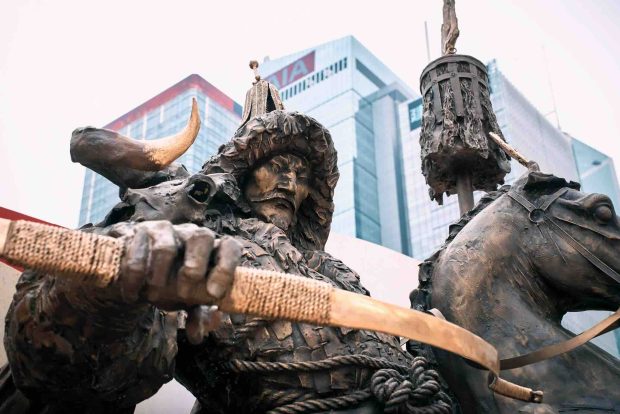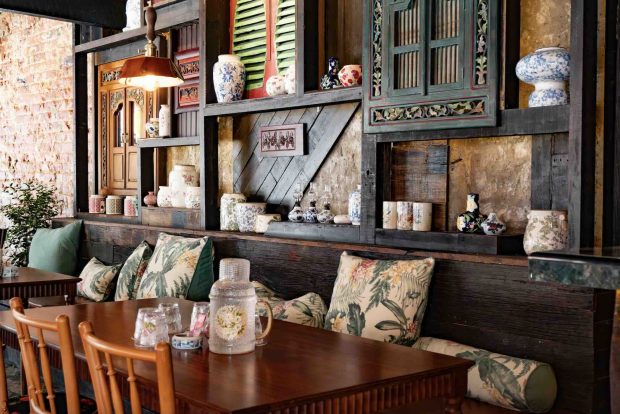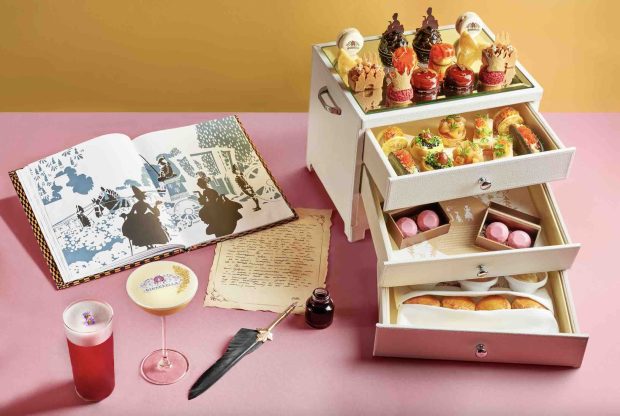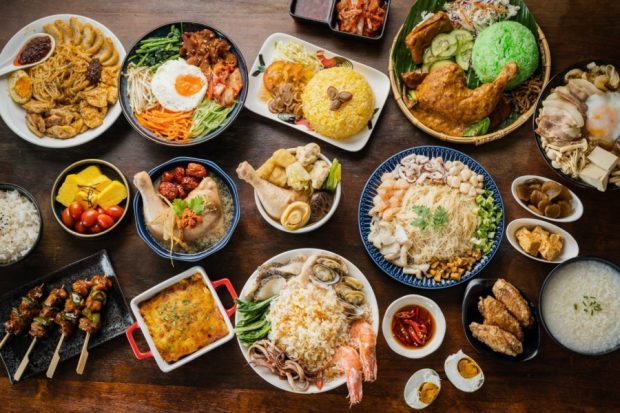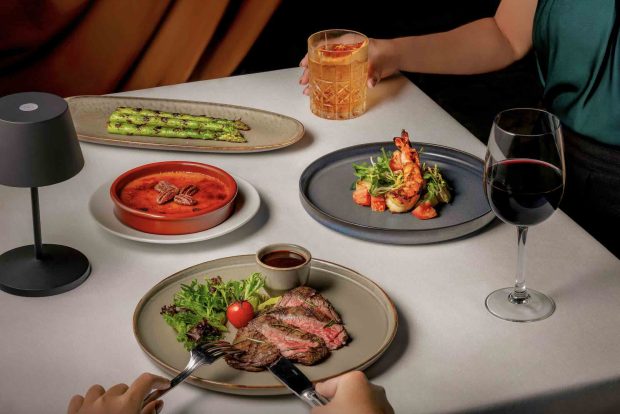The guide at the palace has definitely set the bar for Korean guides. I have high expectations for the guide at the final resting place of the glorious Joseon Empire Kings and Queens.
My guide is a Korean lady and the size of this English tour group was around 8 people. Hai…. No more exclusivity.
She started the tour with the brief history. Jongmyo Shrine was built in 1394 by order of King Taejo and it was thought to be the longest building in Asia during that period.
It’s main hall (Jeongjeon) had seven rooms which was reserved respectively for a king and his queen.
King Sejong later pushed the boundary and expanded the complex complex with the construction of Yeongnyeongjeon (Hall of Eternal Comfort). Following in his footateps, later Kings continued the lengthening of the complex from west to east to accommodate more spirit tablets.
The final statistics? It has 49 tablets enshrined in 19 spirit chambers in Jeongjeon (Main Hall) and 33 tablets in 16 spirit chambers enshrined in Yeongnyeongjeon (Hall of Eternal Peace).
We were just in time to witness the polishing of ceremony items used during Jongmyo Jerye held a week ago.
All of us had the chance to touch and hold a piece of the ceremony items. Boy, they sure are heavy!
Jongmyo Jerye is a ceremony held for the ancestral spirit tablets of past king and queens of the Joseon Empire. It is one of the five rites performed by the Joseon Dynasty’s royal family. The remaining 4 are gillye (auspicious rites), hyungnye (funural rites), binnye (reception ceremonies), gunne (military rites), and garye (wedding ceremonies) respectively.
Besides worshiping the royal ancestors, Jongmyo Jerye was also dedicated to meritorious civil and military retainers. It, together with the other 4 rituals were considered important foundation for the nation’s survival.
Jongmyo Jerye can be further broken down into regular and extraordinary ceremonies. The regular ceremony was held on January, April, July, and October. Extraordinary ceremony was initially reserved for auspicious occasions or post national disasters but after Korean liberation from Japanese occupation, it was held on the first Sunday of May which I narrowly missed by a week! Shings!
Jongmyo Jerye order and procedures were very strict and solemn. It’s order is as follow: rehearsal ? ancestral tablet placing ? spirits welcoming ? singwanrye ? food presenting ? first obeisance ? second obeisance ? last obeisance ? sacrificial food and drink partaking ? cheolbyeondu ? mangryo ? closing.
Before the ceremony, the ruling monarch has to be prudent in his speech and action for 4 days and cleaned his body for 3 days. Aligned with one of Confucian virtue ‘Filial piety’, Jongmyo Jerye is the national manifestation of filial piety. It took the role of enhancing the solidarity of people and bring them closer together through that very common denominator.
Jongmyo Jerye’s music, dance, ritual vessels, and libation of foods are essential display of the aesthetics behind performing arts in accordance with cosmic and Confucian principles. Jongmyo Jeryeak also known as the Royal Ancestral Ritual Music is performed when royalities hold ceremonies for the repose of their ancestors in the Shrine. Each procedure of the ceremony was accompanied by various music such as ‘Botaepyeong’ and ‘Jeongdaeeop’, songs called ‘Jongmyoakjang’ and dances like ‘Botaepyeong dance’ and ‘Jeongdaeeop dance’ to praise the civil achievements of the Joseon kings and their military exploits. I can only imagine the magnificant view of the ceremony with hundreds of officiants, musicians, dancers, and attendants.
It’s a pity that the original shrine was burnt down during the Japanese invasion. What I am looking at is a new complex was constructed in 1601 CE. The original tablets however survived the invasion by being hidden in the house of a commoner.
The Joseon Empire was very particular of the users of the shrine’s various gates. The south entrance gate was reserved for spirits, the east for the king and the west gate (lowest caste) was for the performers of the royal ritual.
The exact passage to be used by those involved were actually casted as stone paths throughout the shrine. Nothing was left to chance.
After the tour of the shrine, I had quite about enough of Joseon for the day.
I proceed onto the arts district very near Insadong with my new found Philippine friend at the Shrine.
You may also like to check out my posts on other exciting travel destinations here









